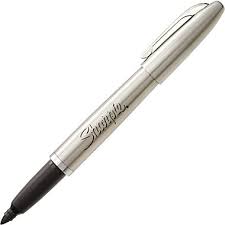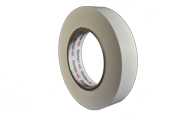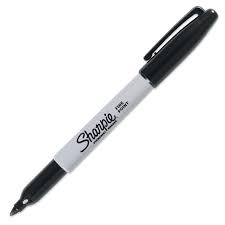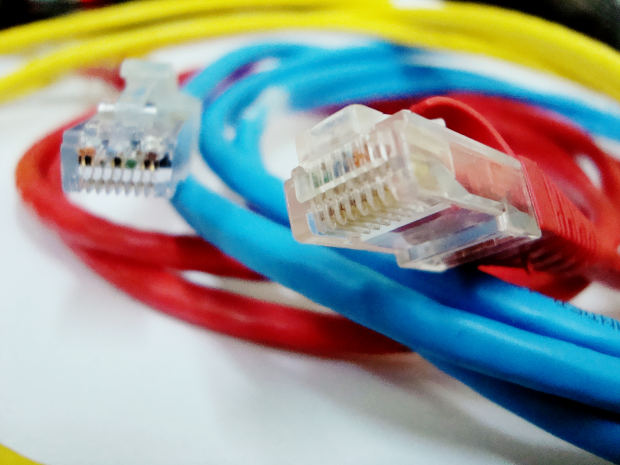One of the things most prized about a Sharpie Marker when labeling a console is that it is indelible. It quickly dries and once it does it is indelible. You can sweat on it, spill on it and rub your hands across it and your labels remain eligible.
Unfortunately, lots of console labeling is done in the dark and sometimes things get Sharpie ink on them when that was not your intention.
Here’s a link to a page of handy tips about removing Sharpie marks from places you don’t want them.
Our favorite remedy is to use toothpaste!
















